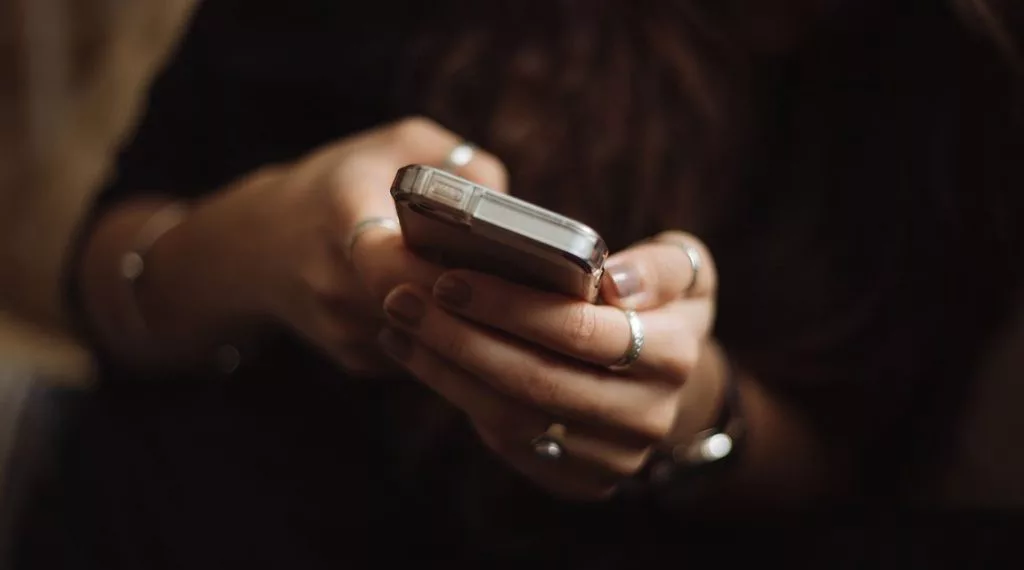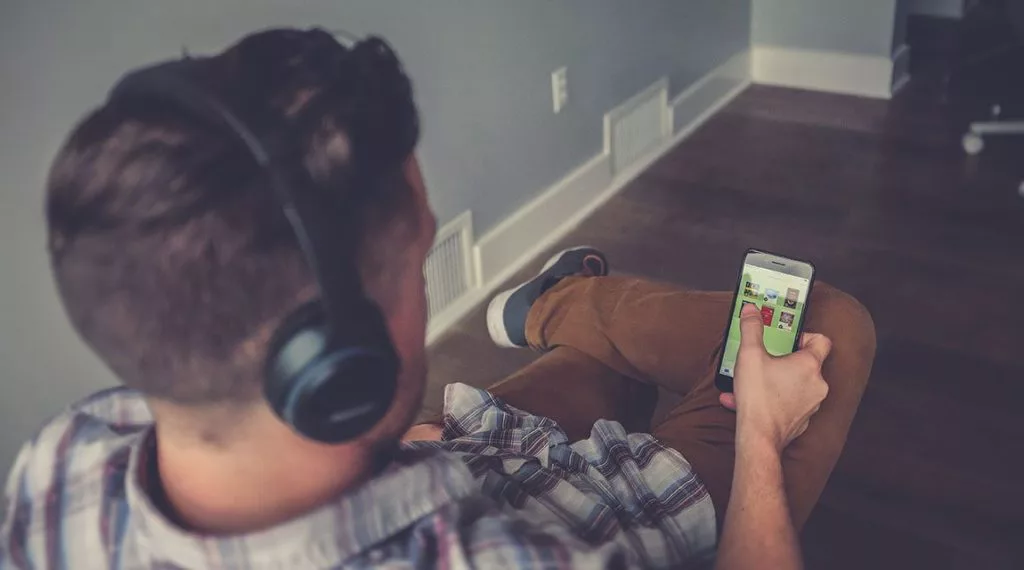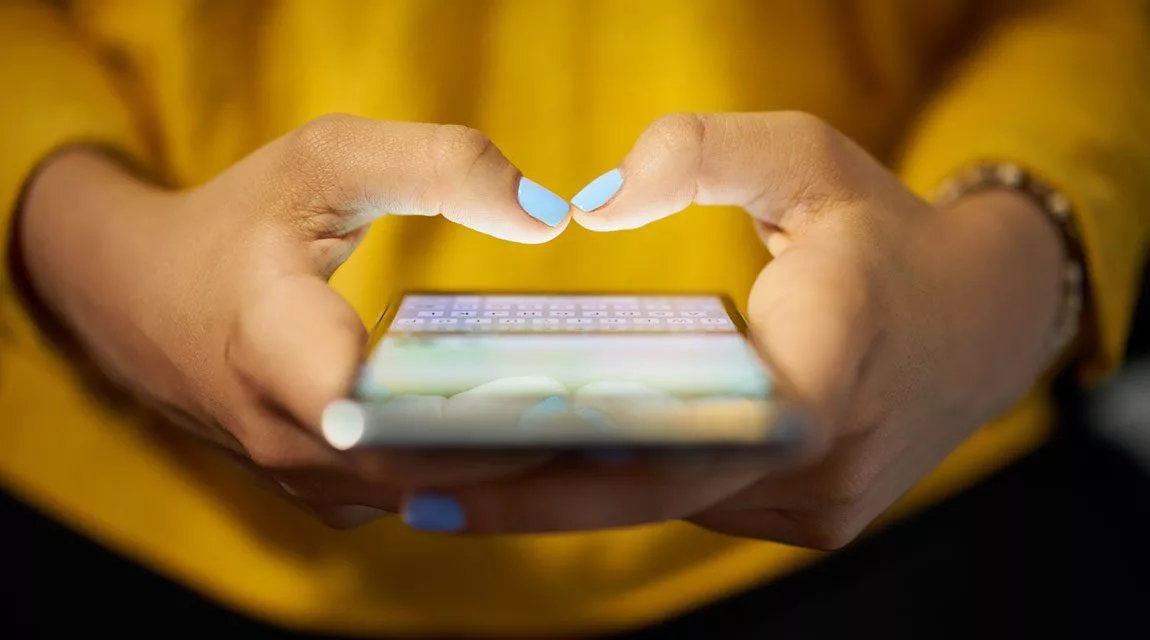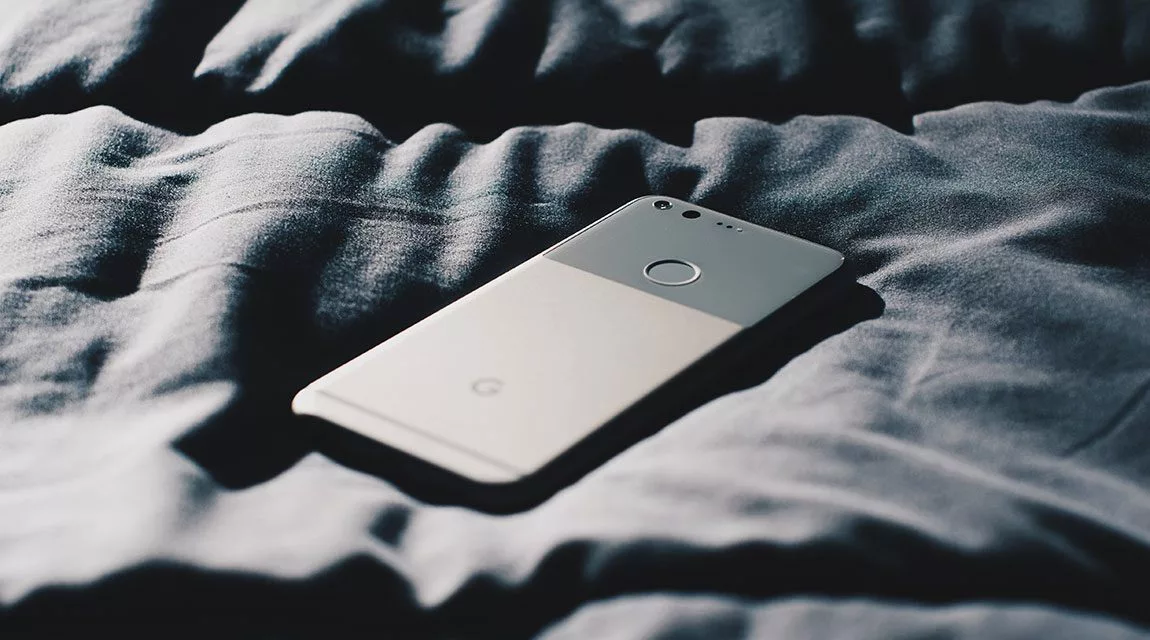Teen cell phone addiction has become an important issue facing parents. For parents with a teenager, this is not surprising. Have you had frustrating confrontations with your child about their cell phone usage? Probably more than a few.
Cell phone addiction is so common. It’s hard to overcome because using mobile devices is now an endemic part of the modern world.
Understanding Teen Cell Phone Addiction
Cell phone addiction is a modern phenomenon. It puts many traditional assumptions to the test. In the past, addiction meant something different to parents. Parents worried about about cocaine or heroin or nicotine. Today, the addiction landscape has shifted. Teens tethered to their smartphones for seven hours on average each day.
Do you allow your child to watch three to four hours of television every night? Is it healthy to be so occupied by screens? The reality is, no, it’s not. And smartphones are so ubiquitous that managing the behavior is problematic.

Cell Phone Addiction=More Than Talking
Teenage cell phone addiction goes well beyond texting and talking. It includes apps, games, and, in particular, social media. For teens, cell phones have become a way to comment and criticize, approve and admire. They are not always communicating with friends. Often, they are commenting on their activities. They are checking for likes and responses to their own posts.
There’s a biological component to this behavior. The brain reacts to the cell phone as if it were a drug. Studies have shown that both the phone ringing and the alert of a new text cause the brain to release dopamine.
What could be a benefit has descended into an obsession for many teens. Take the smartphone app Snapchat—a photo-sharing service. It boasts that teenagers use the app more than 18 times a day.

Teen Cell Phone Addiction—A Behavioral Disorder
The clinical community defines cell phone addiction as a behavioral disorder. Such a disorder means obsessive use that affects everyday functioning. Like any addiction, once triggered, it can be quite difficult to stop.
Cell phone addiction goes beyond actually using the phone to talk. Talking on cell phones is less common among teens than adults. Teen smartphone addiction includes repetitive, compulsive use of the device for other activities. Such behaviors are perfectly normal in moderation. They become dangerous when tied to an obsessive compulsion.
Regular smartphone use can descend into cell phone addiction. As a result, these behaviors get in the way of being part of the real world.

Signs of Cell Phone Addiction
Does your teen repeat any of the following behaviors over and over again? They could be an indicator of cell phone addiction:
- Texting with friends and checking for incoming texts
- Listening to music and watching videos using headphones
- Checking e-mail and social media accounts
- Playing single-player video games and interactive multi-player games
- Worrying about cell phone battery life and access to electrical power.
If you believe smartphone addiction is affecting someone you love, you are not alone. Teen cell phone addiction is a serious issue for the whole family.
A recent poll reveals that 50 percent of teens believe they are addicted to their cell phones.
More than a third of teens try to cut down the amount of time they spend on their mobile devices, but most fail to change.
The symptoms of teen cell phone addiction are contradictory. The teen can’t imagine being without the phone, but they also feel it’s a burden.

Teen Cell Phone Addiction Statistics
Here are some statistics on teen mobile use:
- 59 percent of parents feel their teens are addicted to their mobile devices
- 78 percent of teens check their mobile devices at least hourly
- 72 percent of teens feel an urgent need to immediately respond to texts
- 44 percent of teens believe they spend too much time on their cell phones
- 77 percent of parents feel their teens get distracted by their cell phones. For example, they fail to pay attention to other people at family events
- 30 percent of both teens and parents claim to argue about mobile devices and cell phones on a daily basis
- 44 percent of teens use their mobile devices at the dinner table.
Mobile devices are the primary information and communication hub for teens. Text messaging is now the most common way that teens communicate.
Given this reality, it’s not surprising that teenagers spend so much time on their cell phones. When does this shift from a preferred form of communication to a possible technology addiction?
Teenage Cell Phone Addiction Takes Kids Out of the Moment
Cell phone addiction drains our attention. Teens’ intense focus on cell phones distracts them. They are not present in their everyday life. Once cell phone addiction sets in, behaviors can change.
Grades at school can drop and participation in extracurricular activities can diminish. Did you know that 61 percent of kids say smartphone use has had a negative impact on their schoolwork?
The comedian Louis C.K. doesn’t let his children use cell phones. “I think these things are toxic, especially for kids,” he says. “You need to build an ability to just be yourself and not do anything. That’s what the phone is taking away—the ability to just sit there. That’s being a person.”
He does not like the idea of kids being tethered to their phones. It makes people less reflective, less empathetic, and less human.

Teen Cell Phone Addiction and Co-Occurring Disorders
Teen cell phone addiction goes hand-in-hand with mental health and substance use issues. For example, anxiety increases when the cell phone is not readily available. Moreover, depression deepens with a lack of human contact.
Look at a recent study on mobile device addiction. The study was done by University of Illinois psychology professor Alejandro Lleras. It was published in the journal Computers in Human Behavior.
The study surveyed more than 300 university students. The goal is to examine high engagement with the Internet and mobile phones. Do they affect the user’s psychological well-being?
Lleras says, “People who self-described as having really addictive-style behaviors toward the Internet and cellphones scored much higher on depression and anxiety scales.”
Teen cell phone addiction is related to obsessive-compulsive disorder (OCD). Constant cell phone use is a powerful driver for making this condition worse. The cell phone becomes a focus of OCD-oriented behaviors.
Very often, those with OCD need to have things organized in a certain way. Cell phone addiction fosters compulsive behavior pattern. Teens feel the need to use the smartphone all the time.
Teen cell phone addiction means the smartphone is always needed. The cell phone, like a drug, becomes a way to escape stress and reality. It alters the perception of the user and builds a barrier between the addicted teen and the real world.

Cell Phone Addiction and Driving
Driving could be the most dangerous manifestation of teen cell phone addiction. We all know the dangers of driving while texting or talking on the phone.
Unfortunately, teen smartphone addiction increases the chances of this happening. Like any addiction, cell phone addiction leads to recklessness and poor decision-making. When combined with motor vehicles, cell phone use can have frightening outcomes.
Let’s look at the facts about teen cell phone use and driving:
- 52 percent of teens talk on a cell phone while driving and 32 percent text while driving
- 25 percent of teens respond to at least one text while driving, every single time they drive
- 11 teens die every day because they were texting while driving
- 21 percent of teen drivers in fatal accidents were distracted by cell phones
- 94 percent of teen drivers acknowledge the dangers of texting and driving. 35 percent admit to doing it anyway
- Cell phone use reduces the brain activity associated with driving by 37 percent
- Distraction is a key factor in 58 percent of crashes involving teen drivers.
- Reaction time for a teen using a cell phone is the same as that of a 70-year old not using one, per a University of Utah study
- Teen drivers have a 400 percent higher chance than adults of crashing when texting.

The final statistic is based on an analysis of video footage of 1,691 moderate to severe crashes. The crashes were examined six seconds before they occurred. Each crash involved teen drivers and resulted in injury or death.
Typing text messages and talking on the phone reduces a driver’s capability. They can’t direct attention to the road. Teen drivers are even less likely than adults to respond to important traffic events.
Teen cell phone addiction and driving are a deadly combination.
Other Negative Health Consequences of Teen Cell Phone Addiction
There is more than the flood of potential co-occurring disorders outlined above.
Teen smartphone addiction leads to other negative health consequences, including the following:
- “Text neck”—chronic strain from looking down at a cell phone
- Eye strain and blurred vision as a result of focusing on a small screen
- Decreased neural connectivity, leading to poor emotional regulation
- Poor dietary habits, as junk food is consumed to a greater extent
- Phantom vibrations of a non-existent cell phone going off. This happens to nine out of 10 cell phone users.
Cell phone addiction is turning more and more teenagers into walking zombies. They are glued to their screens and removed from their lives by their focus on a mobile device.
A teenager addicted to a cell phone craves the next incoming text or social media update. They are more likely to ignore face-to-face interaction. As a result, they fail to communicate with their families.

Teen Cell Phone Addiction Warning Signs
As a consequence, it’s good to know the warning signs of teen cell phone addiction. By being aware of these red flags, you can catch an initial problem before it becomes a serious addiction.
These warning signs include:
- A drug-like withdrawal when not allowed to use the cellphone. The effects can include shaking, sweating, headaches, and nausea
- Weight loss when eating becomes secondary. Weight gain when the quality of the food eaten nosedives
- Insomnia and negative shifts in sleeping patterns
- Increased anxiety and misplaced worry connected with the cell phone
- Physical isolation from friends and family. Such isolation leads to mental health problems, such as depression or anxiety
- Increased aggression in connection to control of the cell phone.
Teenage Cellphone Addiction and Bedtime

The location of a teen’s cell phone when they go to bed could be an indicator of potential cell phone addiction. Teens who keep their smartphones under their pillows or by the bedside are more likely to become cell phone addicts.
Let’s take a look at some recent statistics:
- 62 percent of teens say they use their cell phones after bedtime
- 77 percent of teens say they text and tweet messages while in bed
- 21 percent of teens say they wake up whenever a text comes in
- 66 percent of teens say it negatively affects their sleep.
There are ways to combat these behaviors at home before seeking professional care.
Stratagems for Responding to Teen Cell Phone Addiction
Without question, treating cell phone addiction is not easy. Some limitations, boundaries, and structure may help.
- Applying strict data limits reduces cell phone usage.
- Cell phone providers offer inexpensive, password-activated programs. These programs shut off cell phones at night.
- Tech timeouts for the family in the evening and on the weekends can help.
- Try using a “Be Present Box” at the dinner table. Turned-off cell phones stay in the box during family time.
- Create a cell phone moratorium one day a week, or even one afternoon or evening per week.
If boundaries aren’t working, professional help might be warranted. By accessing, such help, parents could end up saving the life of their teens. We all want to prevent a tragedy from happening. Successful cell phone addiction treatment is possible.
Teens relearn how to get comfortable without their mobile devices. As a result, they become happier and healthier. Indeed, such teens are more connected to themselves, others, and the world around them.

When a teen loses their cell phone privileges, they often feel and act like it’s the end of the world. Such dramatic responses pass more quickly than you would expect in the majority of cases. Still kids, teens often are unable to make the best choices for themselves.
Cell phone addiction is replaced with healthy alternatives and engaging activities. As a result, teens’ initial negativity fades. The stress of constant connection and comparisons is replaced by calm and even a smile.
Relieved of the cell phone burden, the teen experiences the joys of life like a kid once again. The gift of presence in the real world is the very best present of all.






